__________________________________________________________________________________________________________________________________________________
We submit that every breeder consider "which one of these horses (above) will carry me 25 miles without breaking down causing me to become lion food?" before making breeding decisions. If you picked the horse on the right, this is a matter of natural selection and you will become food for a bear, a mountain lion or some other large predator before you get to breed any more horses. If you pick the horse on the left, you will likely survive. It is easy enough to recognize how the front canons on the horse on the right are offset to the outside of the knees. Additionally, the knee bones themselves have some deformation going on that spells disaster for the horse over time and certainly for any rider that may mistakenly attempt to use this horse as a riding horse for more than pony rides around the backyard. What you may find disturbing is the horse on the right is sired by a very popular sire who was out of a daughter of a National Champion mare. It was a broodmare that was appraised by an internationally recognized appraiser at $18,000 to $25,000 in value and was subsequently exported. While the horse on the left was bred by a small breeder who used solid, foundation bloodlines with ancestors most noted for structural quality - the beauty came as a bonus feature.
On those offset legs did the straight shoulder set (in the 2nd photo from the right), with a low set and low slung neck that appears as if it is coming out at the base of her front legs. With all that weight being forward of her front legs, the mare was heavy on the forehand and lifted her knees high to avoid tripping. She gave the impression of a "good mover", but really she was simply trying to keep her feet under the bulk of her weight which resulted in exaggerated knee action that wore her out quickly. It's this type of horse we strive to avoid and would not recommend using a horse such as this in the breeding shed. There are two photos below of nicely laid back shoulder with necks that are set high because the scapula is set back well enough to allow the root of the neck to spring from the top of the body rather than low from the front. The humerus is on a vertical angle more than horizontal thus allowing the horse's front legs to move freely ahead of its body. The horses on the left are related:
We submit that every breeder consider "which one of these horses (above) will carry me 25 miles without breaking down causing me to become lion food?" before making breeding decisions. If you picked the horse on the right, this is a matter of natural selection and you will become food for a bear, a mountain lion or some other large predator before you get to breed any more horses. If you pick the horse on the left, you will likely survive. It is easy enough to recognize how the front canons on the horse on the right are offset to the outside of the knees. Additionally, the knee bones themselves have some deformation going on that spells disaster for the horse over time and certainly for any rider that may mistakenly attempt to use this horse as a riding horse for more than pony rides around the backyard. What you may find disturbing is the horse on the right is sired by a very popular sire who was out of a daughter of a National Champion mare. It was a broodmare that was appraised by an internationally recognized appraiser at $18,000 to $25,000 in value and was subsequently exported. While the horse on the left was bred by a small breeder who used solid, foundation bloodlines with ancestors most noted for structural quality - the beauty came as a bonus feature.
On those offset legs did the straight shoulder set (in the 2nd photo from the right), with a low set and low slung neck that appears as if it is coming out at the base of her front legs. With all that weight being forward of her front legs, the mare was heavy on the forehand and lifted her knees high to avoid tripping. She gave the impression of a "good mover", but really she was simply trying to keep her feet under the bulk of her weight which resulted in exaggerated knee action that wore her out quickly. It's this type of horse we strive to avoid and would not recommend using a horse such as this in the breeding shed. There are two photos below of nicely laid back shoulder with necks that are set high because the scapula is set back well enough to allow the root of the neck to spring from the top of the body rather than low from the front. The humerus is on a vertical angle more than horizontal thus allowing the horse's front legs to move freely ahead of its body. The horses on the left are related:
The Importance of Structure
SC Desert Star Arabians
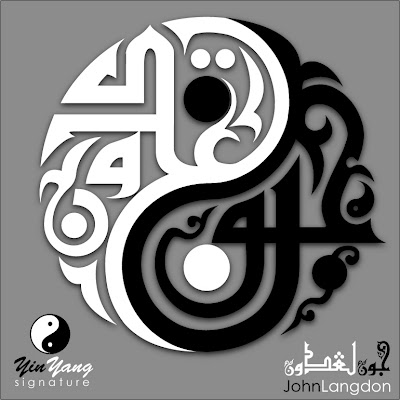
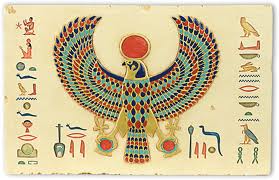
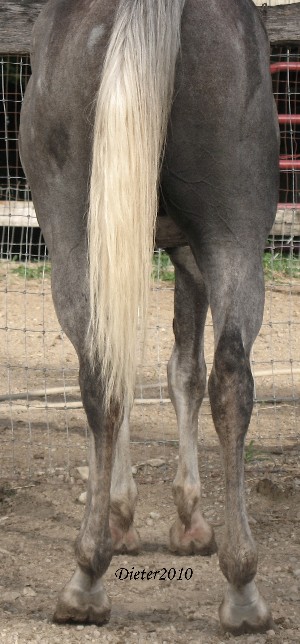
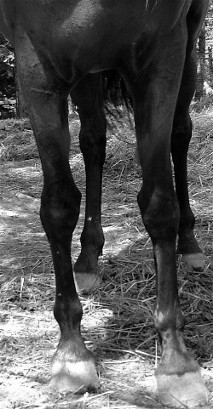
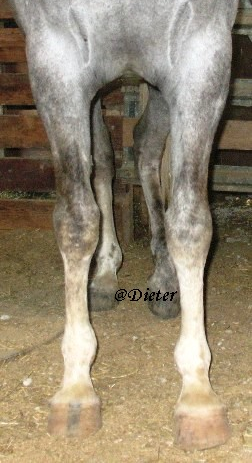
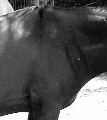
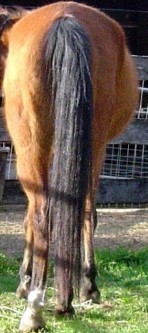
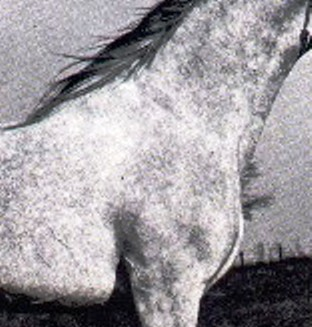
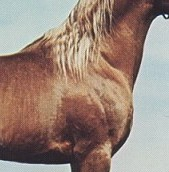
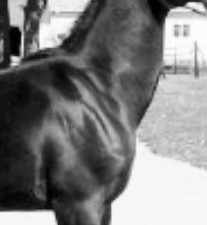
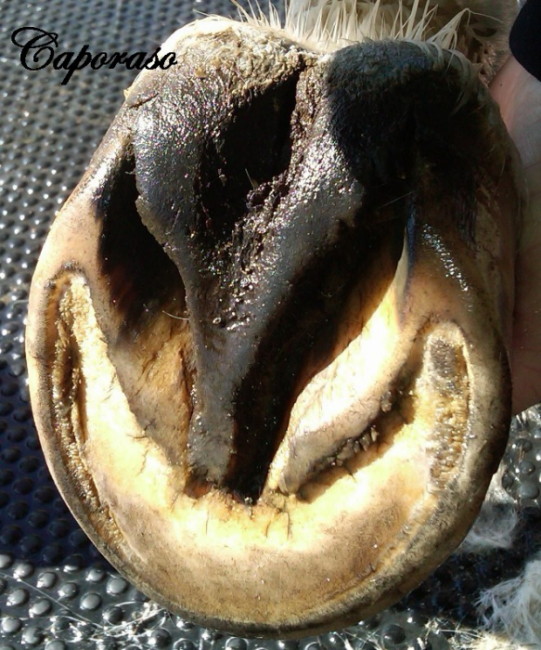
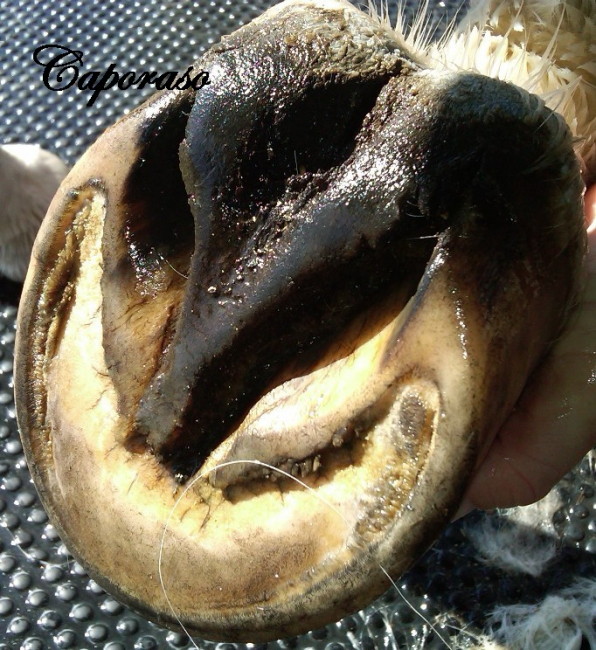
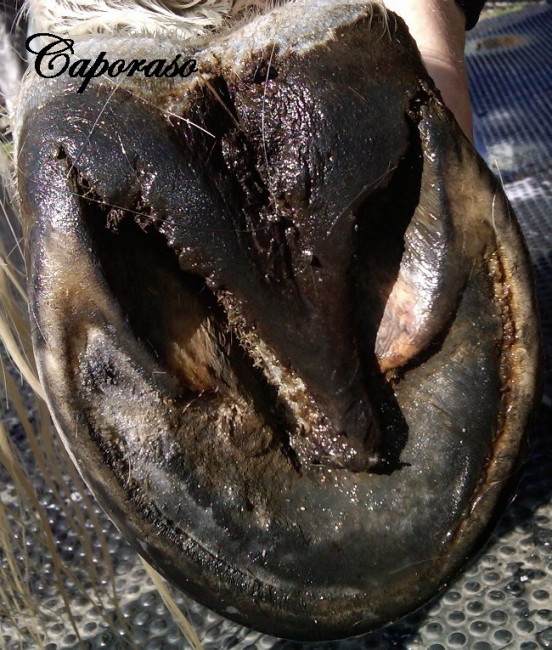
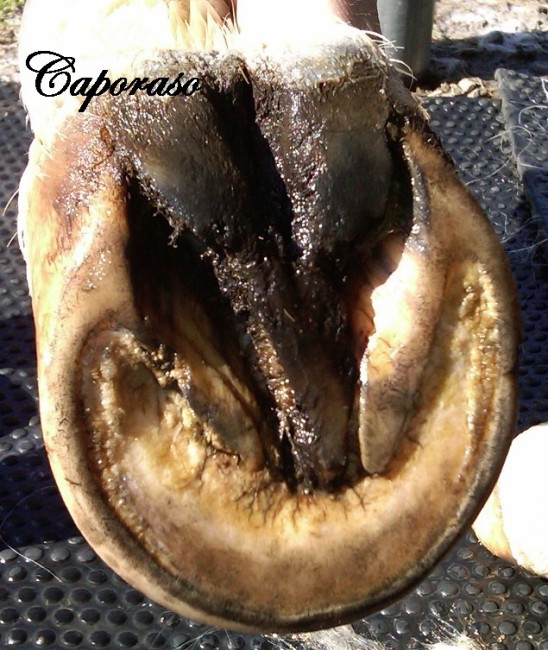
Perhaps the best way to think about a horse is too look at what it is in relation to the animal world. It is a prey animal who will be eaten by predators if it is sick, deformed or otherwise cannot outrun it's predators in speed or distance. Horses that were not metabolically, structurally and intellectually superior would be food for lions, bears or other large predators. The Arabian, being the grandfather of all light horse breeds, has had the reputation for being one of the healthiest, viable, genetic equine resources in the world. By infusing the genetic strength and vigor of the Arabian into other breeds, horses of all breeds are improved. This has been true throughout time in the United States and the early cavalry horses were bred to arabians to improve their stamina, health and overall well-being. With that type of history, one might believe to breed anything less than an ideal specimen, capable of outrunning and outsmarting predators, would be blasphemy. However, in modern times, at the mere mention of the word structure some politically well-situated breeders have mini breakdowns, become offended and storm off in a huff. Some make excuses saying all arabians have clubbed feet, straight shoulders, have croups pointing towards the sky, are built downhill or are quite mentally disabled. They stubbornly hold to breeding their ideal of beauty at the expense of the horse's well-being saying to breeders who ask why they breed crooked legs and clubbed feet "we don't care about anything below the chest, it's what we like to breed and will continue to breed". To a thinking person and a serious breeder, statements such as these are mindless, defensive excuses to preserve another breeder's ego and are not designed towards the best interests of the horse. What is truly offensive is what has happened to the Arabian breed today because of such vanity . . . as the Arabian was first a formidable warhorse.
Undoubtedly, Arabians are a diverse breed in type. All of them have "type" which is accurately described as an overall appearance rather than a description of one, or two parts of the body. According to Gladys Brown Edwards in her book Know the Arabian Horse, "The beautiful head, so typical of show-quality Arabians, is not necessarily typical of the desert breds, either now or in the past. It is instead patterned after artists' impressions of the Arabian head. Even a plain-headed horse looks typically Arabian when he is fired up, nostrils flared, and eyes popping. One thing not mentioned in the standard is "dryness" without which a head cannot be breedy, and in which the head is clean-cut with bone structure sharply defined, and the veins distinct. The fetish of shortness of face can be overdone, especially as such a head can also be meaty . . . the opposite of "dry". Many of the most beautiful heads are not especially short, but of course, they are not noticeably long either. It is noted that the faces of the best performance horses are rarely short, nor do they have an exaggerated dish. This may indicate a need for length in air passages, as well as room in sinus cavities, for maximum efficiency. Or perhaps this is only because few of the pretty-headed ones are worked hard enough to enable him to disprove the foregoing impression. Whatever its degree of dish or length of fore face, the typical Arabian head is unique with its ethereal beauty, it's expression of super-equine intelligence and of combined fire and sociability." She goes on the say "The Arabian is by reputation, if not always by fact, quite short-backed, and this is presumed to account for his undeniable weight-carrying ability. The claim is often made that all Arabian horses have five lumbar (loin) vertebrae, while all other horses have six. This would put the Arabian in strange company, since "all" donkeys have but five vertebrae; half of the Przewalski horses whose skeletons were checked have five, the rest six; and these two equids can scarcely be considered short-backed. Despite that "all" claim however, nearly three-fourths of the Arabian (purebred) skeletons counted had six lumbar vertebrae, the rest of the much-vaunted five. In comparison assorted other types of horses, especially Thoroughbred and Morgan, occasionally had only five. The Arabian, however, is more often inclined to have only seventeen rather than eighteen pairs of ribs, and nearly always has two less caudal (tail) vertebrae. The short dock, compared to that of other horses, is clearly evident in Arabians, made more obvious by its high carriage. It maybe that the shorter length causes the higher carriage. The croup of the Arabian is more level than in most breeds, but not necessarily dead level. However, it does appear to be when the horse moves out, lifting his tail as soon as he starts forward, and accordingly, also lifting the first sections of the flexible caudal vertebrae." It's important to note the statement of the croup being comparatively level not at all dead level unless in motion. Dead level can sometimes be indicative of a tilted or tipped pelvis, which in mares, can create breeding problems. Gladys continues that "An Arabian should have all three breed-character points to be considered typey, but he can get by with only two - any two - and still do well in halter competition if he is also well-conformed. "Head hunters" may be content with a horse having a beautiful head, but otherwise faulty; practical horsemen are not so easily pleased. The public expects a horse to stand up to its work and one that is all type and no horse, simply will not fill the bill." Gladys Brown Edwards wrote this book in 1972, yet recently a founder of one of the preservation groups wryly commented while publicly discussing a horse's utilitarian purpose, "When was the last time anyone rode an Arabian into war? When was the last time an Arabian was ridden as regular means of transportation? When was the last time anyone's true survival depended upon how fast his Arabian could carry him across the sands? The truth is that no matter how athletic and functional an Arabian is, no matter how well trained he is or how many ribbons he's won in performance -- for the most part, owning and riding Arabians is a luxury and a hobby -- like any other sport. To pretend that there is a "utlity" purpose involved is not reality." Imagine, THAT statement is from a "leader" in the Arabian community! With people like these, who have bred a handful of horses in their lifetimes, yet are looked to for guidance because of their self-appointed positions in the community from newcomers, it is no small wonder that our Arabians have become a breed known to outsiders as "pretty ponies that are not functional and cannot be ridden". It wasn't too long ago that someone asked a very wealthy breeder why they don't put their horses under saddle to test them and he replied, "I wouldn't drive my Mercedes off the road. It's a beautiful car and sometimes just looking at it is enough. Just like my horses. It pleases me to look at them and that's all they'll ever be expected to do". Imagine having more money than you know what to do with and then selecting for and breeding horses that would be crippled if ridden! There is a cult of ignorance in the Arabian horse community, and there has always been. The strain of anti-intellectualism has been a constant thread winding its way through our organizations and breeders, nurtured by the false notion that structure means that “my ignorance is just as good as your knowledge".
Below we can see examples of both sides of the debate:
___________________________________________________________________________________________________________________________________________________
If you again consider "which one of these horses (above) will carry me 25 miles without breaking down causing me to become lion food?" and picked either horse on the right, this is also a matter of natural selection. There is no doubt your horse is going to trip and fall once it gets too tired to pick those feet up high and you will become food for a bear, a mountain lion or some other large predator before you get to breed any more horses. The last two photos on the right depict horses that are related with the last photo on the right being of a stallion who's long time breeder was not aware of certain ancestors being placed in powerful positions within the pedigree. The result was a horse resembling an ancestor from seven generations ago. With his straight shoulder and low set neck, he has that trademark bulge at the base of his neck and is mutton withered. This horse so heavy on the forehand, he was unable to get out of his own way and tripped frequently unless he picked up his feet very high. This horse is also being used as a breeding stallion standing at public stud and most published photos of him are much better at masking the horse's deficits. Unless one saw him in person, they might never know the issues they will face with the foal if shipping semen. In addition to tripping, the strides of the two horses on the right are short and choppy. As riding horses, tripping will be common particularly as they tire as will losing the fillings from your teeth due to the bone jarring ride. Undoubtedly one should look for splints to pop on the front legs and lameness may be a common problem as well. But what of the hooves? If everything above the knees is looking proper, are the hooves relative to how the horse moves and it's overall health? Every breeder should be able to answer that question...
If you again consider "which one of these horses (above) will carry me 25 miles without breaking down causing me to become lion food?" and picked either horse on the right, this is also a matter of natural selection. There is no doubt your horse is going to trip and fall once it gets too tired to pick those feet up high and you will become food for a bear, a mountain lion or some other large predator before you get to breed any more horses. The last two photos on the right depict horses that are related with the last photo on the right being of a stallion who's long time breeder was not aware of certain ancestors being placed in powerful positions within the pedigree. The result was a horse resembling an ancestor from seven generations ago. With his straight shoulder and low set neck, he has that trademark bulge at the base of his neck and is mutton withered. This horse so heavy on the forehand, he was unable to get out of his own way and tripped frequently unless he picked up his feet very high. This horse is also being used as a breeding stallion standing at public stud and most published photos of him are much better at masking the horse's deficits. Unless one saw him in person, they might never know the issues they will face with the foal if shipping semen. In addition to tripping, the strides of the two horses on the right are short and choppy. As riding horses, tripping will be common particularly as they tire as will losing the fillings from your teeth due to the bone jarring ride. Undoubtedly one should look for splints to pop on the front legs and lameness may be a common problem as well. But what of the hooves? If everything above the knees is looking proper, are the hooves relative to how the horse moves and it's overall health? Every breeder should be able to answer that question...
We subscribe to the practical thinking "no hoof, no horse" because if a horse's feet aren't designed similarly to the feet above, the horse may have problems working under saddle for many hours a day or travelling great distances without lameness or future concussion issues of some sort. Serious breeders breed good feet, good legs, good overall structure FIRST . . . and for us it all starts at the ground.
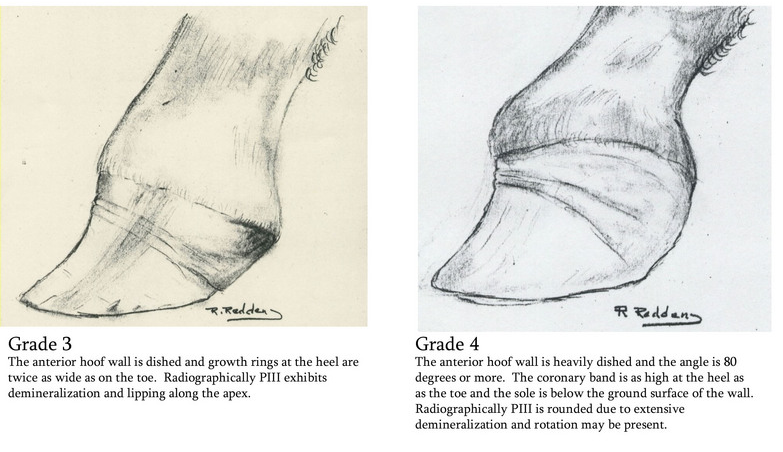
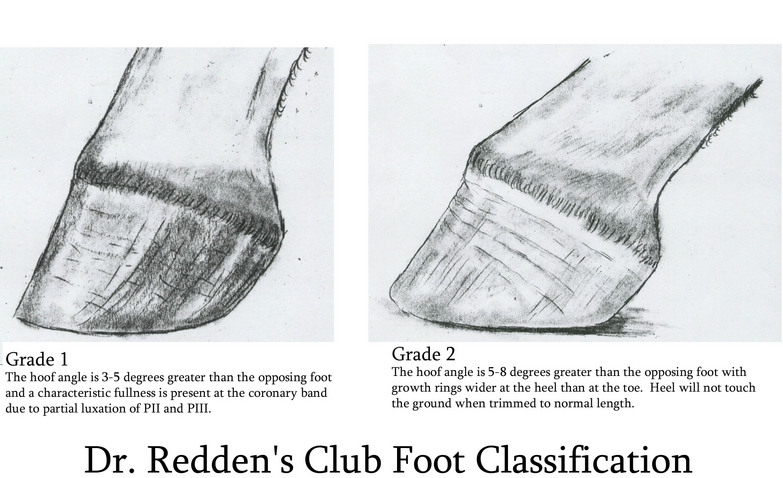
This site designed by Cath - all copyrights reserved.
If your horses' feet resemble the feet above, please consider finding a better horse for riding and breeding purposes. To breed a horse with genetically inherited hooves resembling those above is simply irresponsible to the horse and the breed. Riding a horse with hooves resembling those above other than lightly, is negligent to the horse as it will eventually result in early crippling, founder, abscesses or worse.